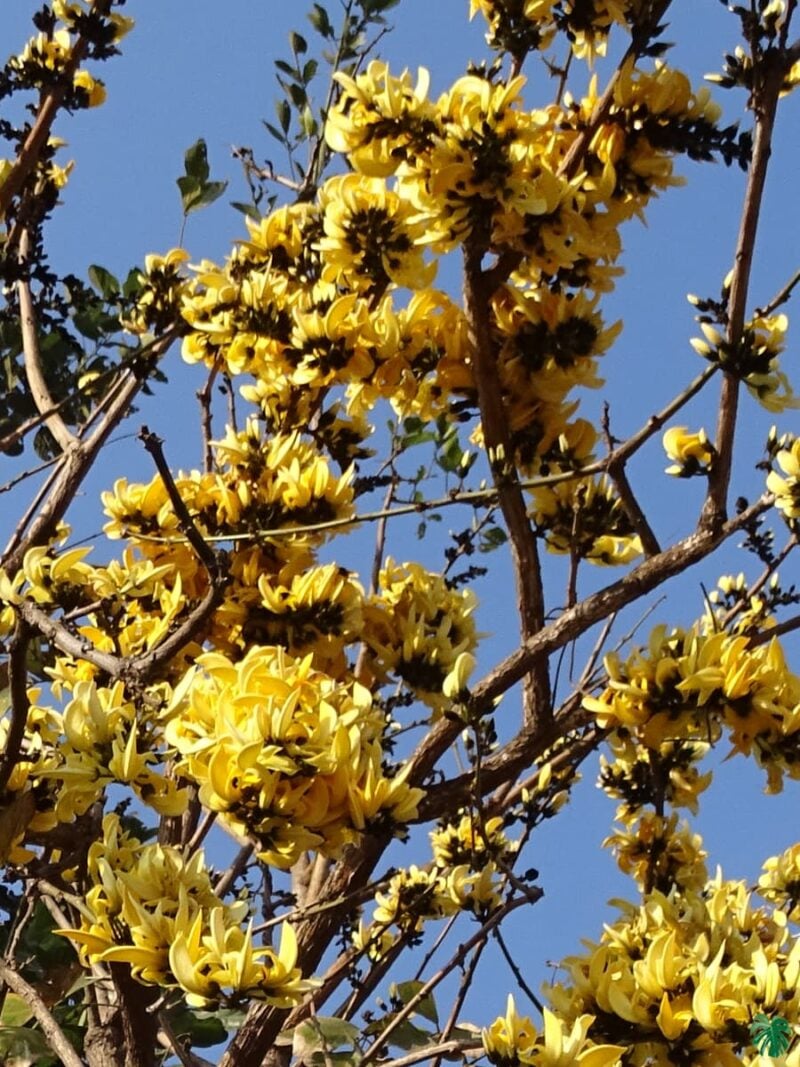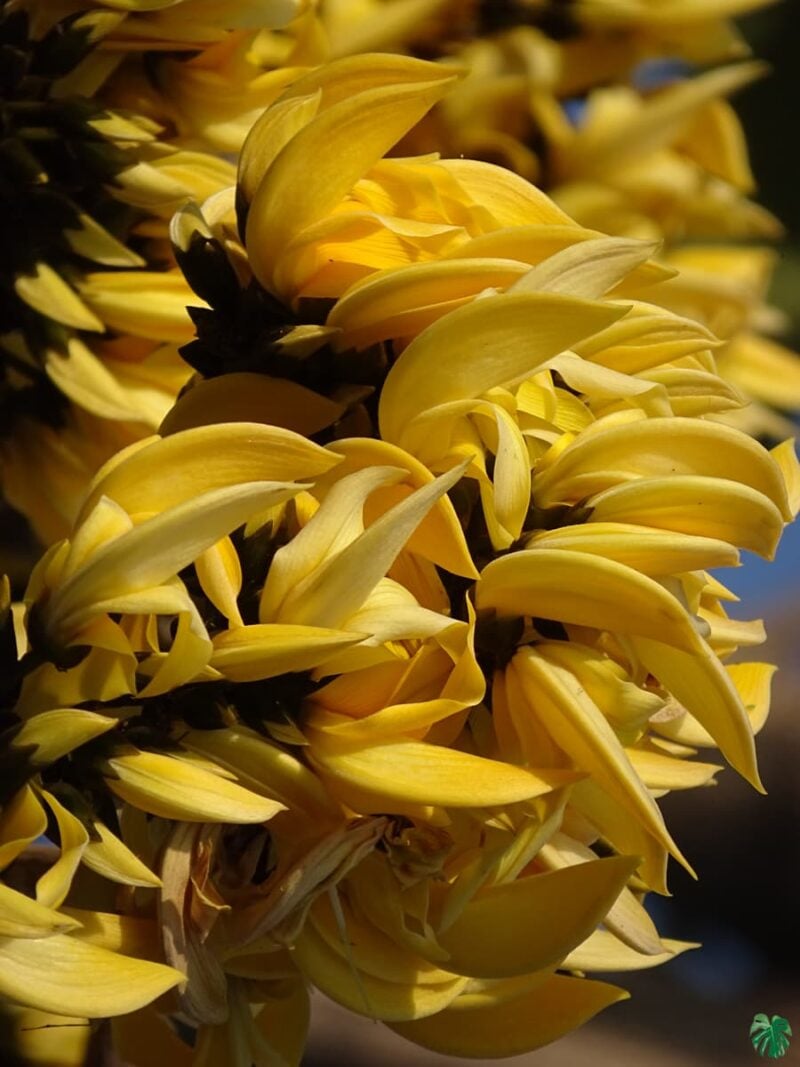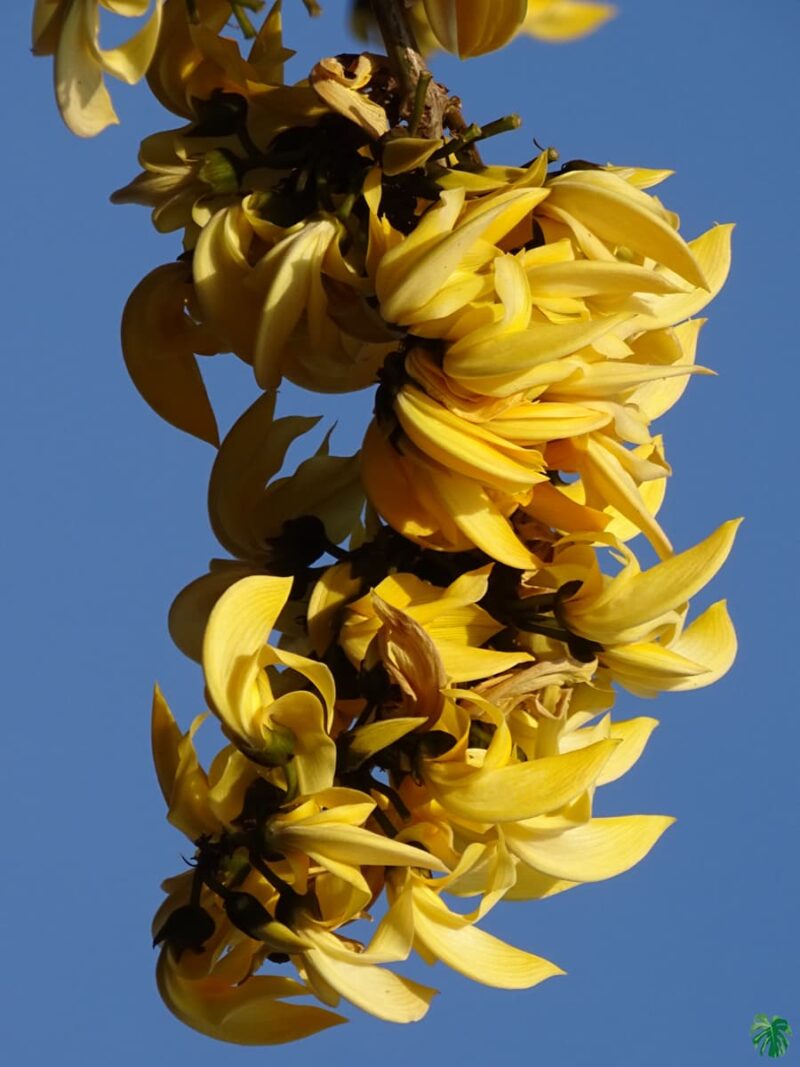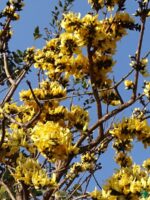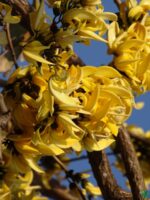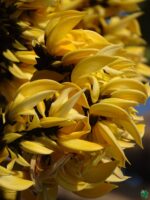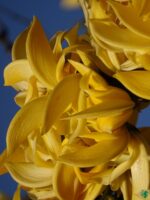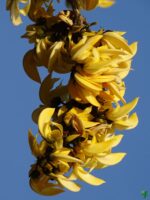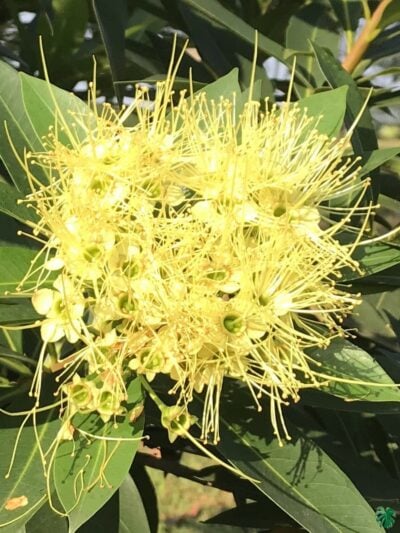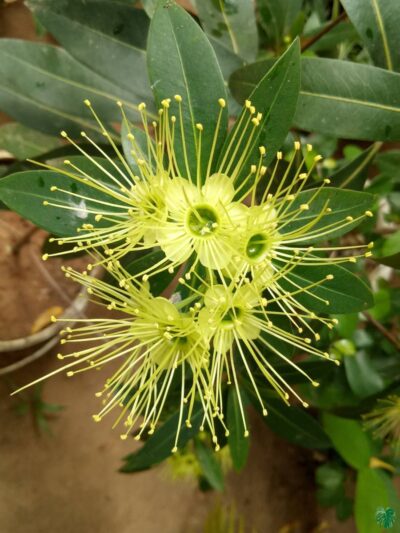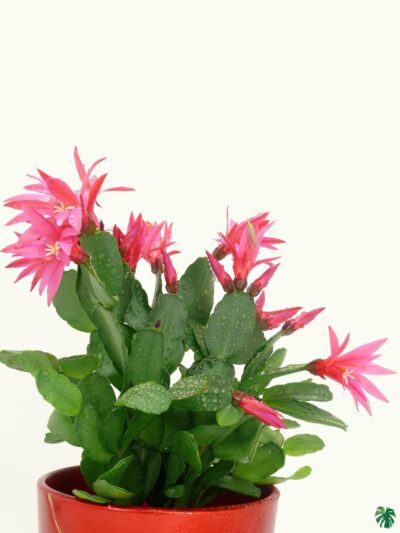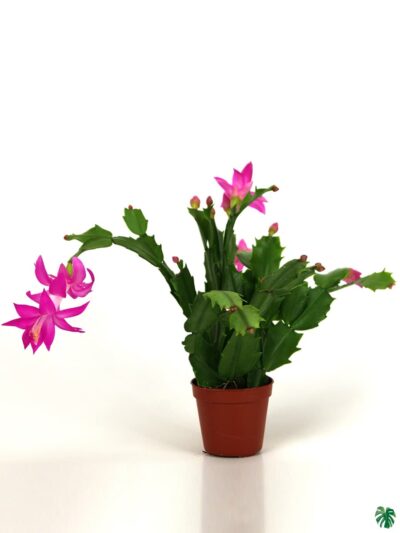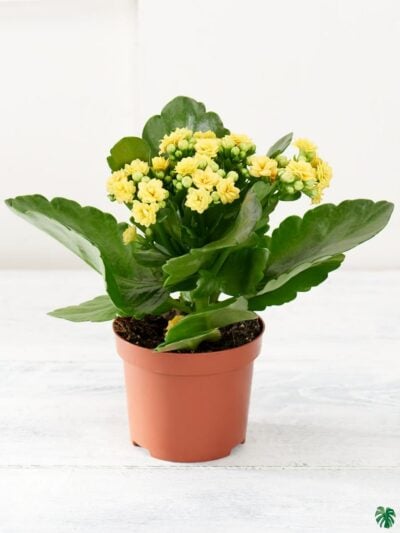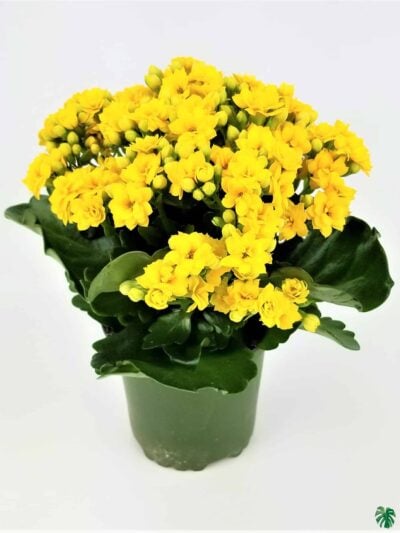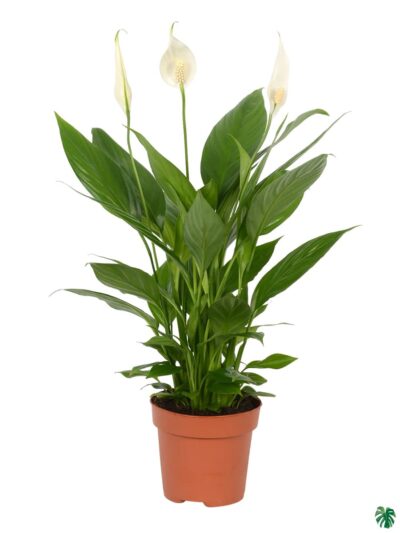Yellow Palash Tree
Yellow Butea Monosperma
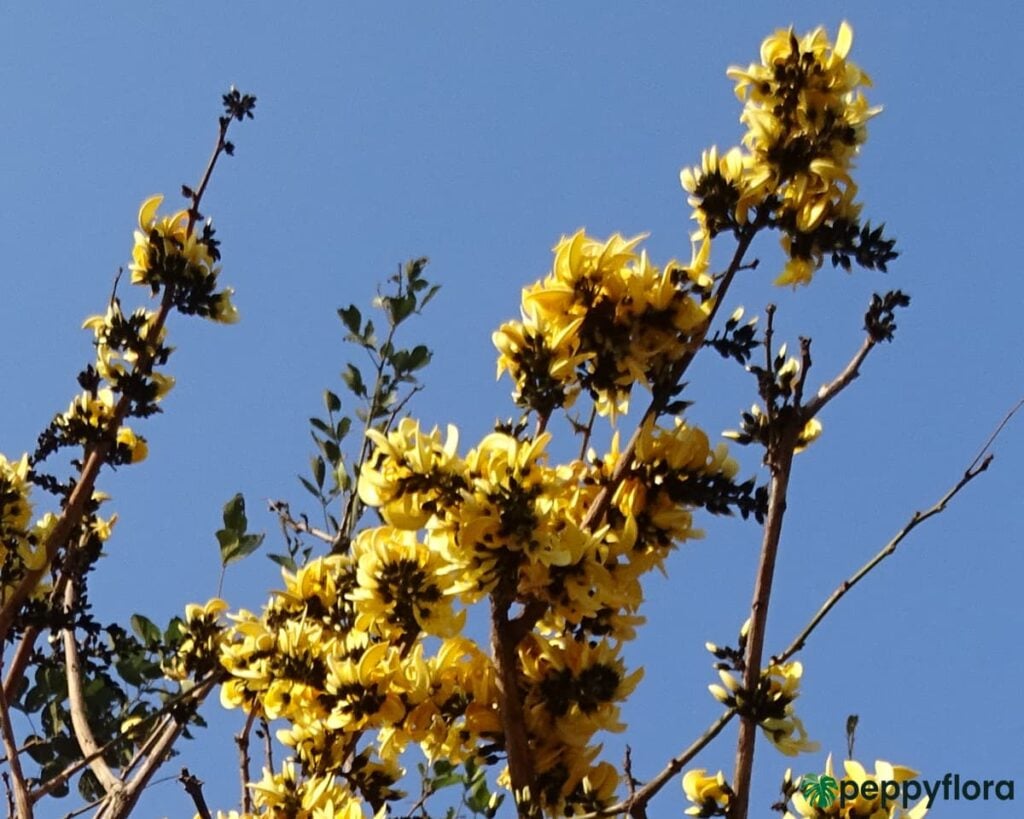
Yellow Palash Tree is a small-sized dry-season deciduous tree. This grafted variety produces the famous Yellow Palash Flower. It is a slow-growing plant, young trees have a growth rate of a few feet per year. Its leaves are pinnate, with an 8 – 16 cm petiole and three leaflets, each leaflet is 10 – 20 cm long. It is a tree of tropical and subtropical climate. Found throughout the drier parts of India, often gregarious in forests, open grasslands and wastelands.
Yellow Palash Tree is taller than the well-known Flame of The Forest, which has orange-scarlet flowers. It is very rare and has trifoliate leaves like its red cousin. It is a characteristic tree of the plains, often forming pure patches in grazing grounds and other open places, escaping extermination owing to its resistance to browsing and its ability to reproduce from seed and root suckers.
Butea Monosperma is a species of Butea native to tropical and sub-tropical parts of South Asia and Southeast Asia. It is also known as flame of the forest, dhak, palash, and bastard teak. In its native habitat, most of the rain is received during the monsoon season, while the autumn and summer months are generally dry. The tree is very drought resistant and frost hardy, although the leaves turn white and fall off.

